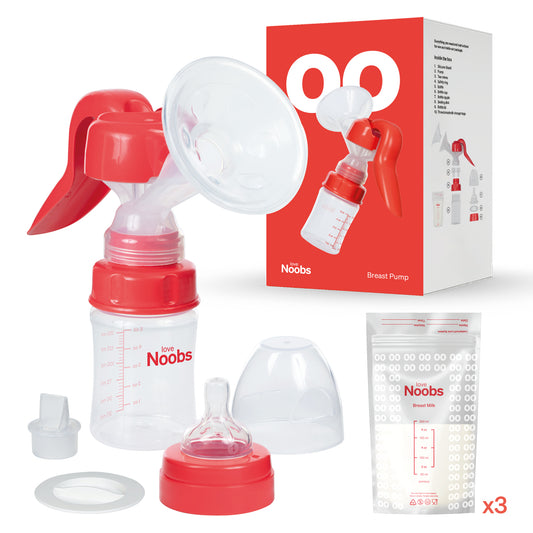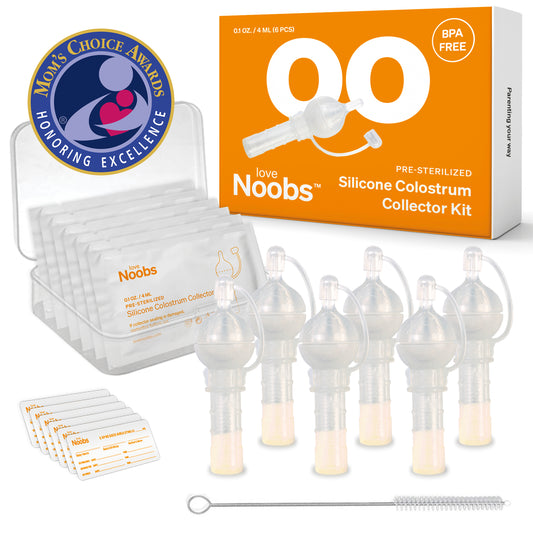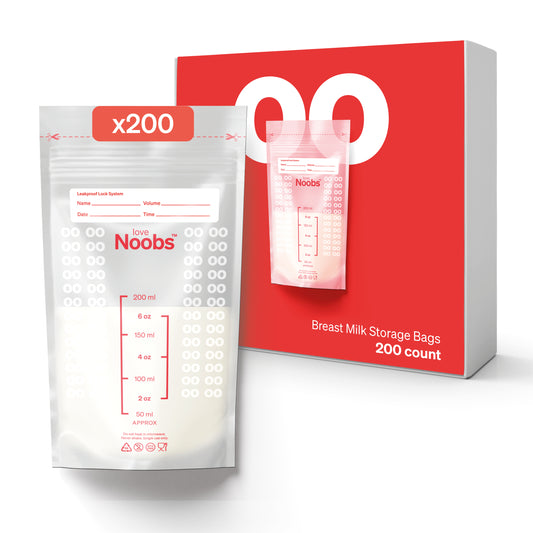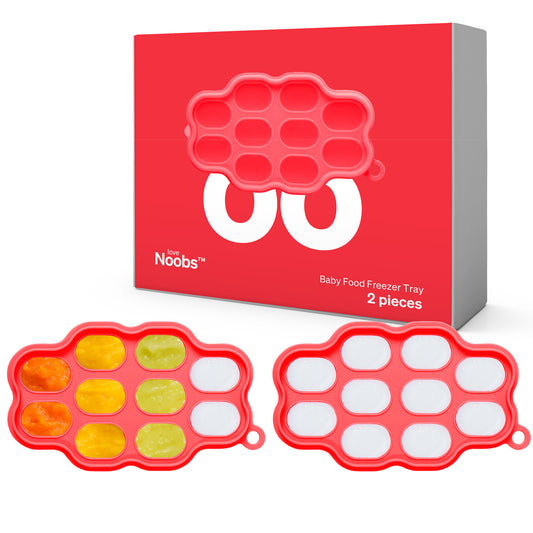- The benefits of introducing solid foods
Introducing solid foods to your baby can be an exciting milestone in their development, and it’s important to get it right. Doing so unlocks a world of flavors of solid foods that will help your child’s palate develop and expand after breastfeeding. It also helps them learn about healthy eating habits that will stay with them for life.
One benefit of introducing solid food early is that it can help encourage healthy habits. Studies have shown that children who are exposed to a variety of flavors through feeding at an early age tend to have healthier diets than those who aren’t. This is because they are more likely to try different foods and be less picky about what they eat as they grow up. Exploring new tastes also helps with motor development of the baby.
Eating solid food requires the use of hand-eye coordination, which helps your baby become more independent when it comes to feeding themselves. It also aids in the development of chewing skills and encourages the proper use of baby feeding supplies. In addition, introducing solid food earlier can lead to better sleep patterns. Babies who are fed solid food earlier in the day tend to sleep better at night due to their increased calorie intake during the day. This is especially beneficial for babies who don’t take well to formula, breastmilk or baby food alone.
When deciding when to introduce solid foods into your baby’s diet, make sure you consult with your pediatrician first for advice on what type of foods are best for your infant. Start slowly, feeding just a few bites at a time so that your baby can adjust without becoming overwhelmed or overfed. Above all else, make sure you follow the recommended guidelines from your doctor and enjoy this exciting time together with your baby!
2.How to start Introducing solid foods
But before you jump right in, there are a few things you should consider first when introducing solid foods such as fruits and vegetables into your child’s diet. Here are some tips to get you started on the right track:
- Timing – When it’s time to start introducing solid foods, most health professionals agree that infants should be at least 4-6 months old and able to sit upright with support while feeding. This is the safest and most ideal time for babies to try out new flavors and textures through feeding. This is also when they would start teething.
- Variety – Introducing variety into your baby’s diet is key! Offering different fruits and vegetables helps add balance and flavor to their meals, while also helping them learn to appreciate different tastes. You can also try out different grains while feeding like oatmeal or rice cereal, which will provide your baby with plenty of nutrition as well as some new flavors.
- Safety – Ensure that all food is cooked thoroughly and served at an appropriate temperature for your baby before feeding. It may be tempting to give them the same food that you eat but remember that their stomachs are still developing so they may not be able to handle certain foods or spices yet.
- Patience – Babies learn and develop at their own pace, so don't be discouraged if your baby doesn't take to every food right away! Try offering the same food multiple times before giving up on it entirely; sometimes it just takes a few tries for the baby to warm up to something new. Introducing solid foods into your child’s diet can open a world of delicious flavors and experiences that will help shape their culinary journey for years to come!
With these tips in mind, you can feel confident knowing that you’re setting your baby up for success as they embark on this exciting milestone in their life!
- what about allergies?
When introducing solid food into your child’s diet, it’s important to consider the potential for food allergies. Although most babies and toddlers will not experience any form of reaction to new foods, even mild ones, it’s still important to be aware of the potential risks.
When introducing new foods to your baby or toddler, start with one food at a time and wait several days before introducing a new solid food. This will help you watch for any signs and symptoms of an allergic reaction. Common signs include rash, hives, wheezing, vomiting, diarrhea, nausea, difficulty breathing, and swelling around the face or mouth. If you notice any of these symptoms after introducing a new solid food, stop feeding it immediately and contact your doctor right away.
Before introducing potentially allergenic foods such as peanuts or shellfish, speak to your pediatrician about testing for allergies first. Some allergists recommend that you introduce these foods in small amounts once your child is at least 12 months old in order to reduce the risk of an allergic reaction.
Unlocking a world of flavors doesn’t have to mean putting your child at risk for allergic reactions. With proper planning and careful monitoring of your child’s health, you can ensure that they get the nourishment they need through feeding without sacrificing their safety or peace of mind.





